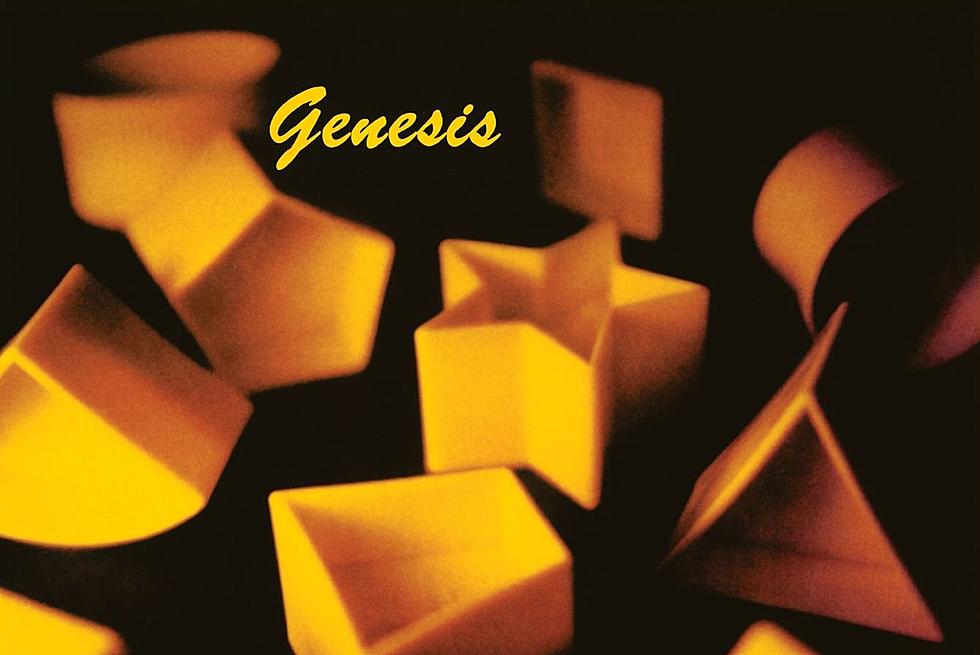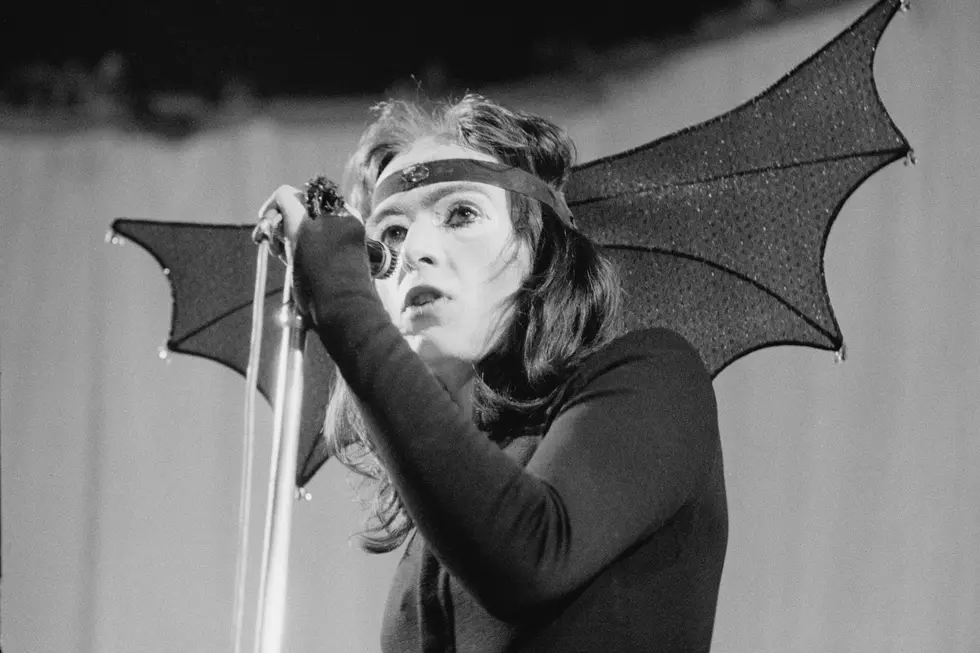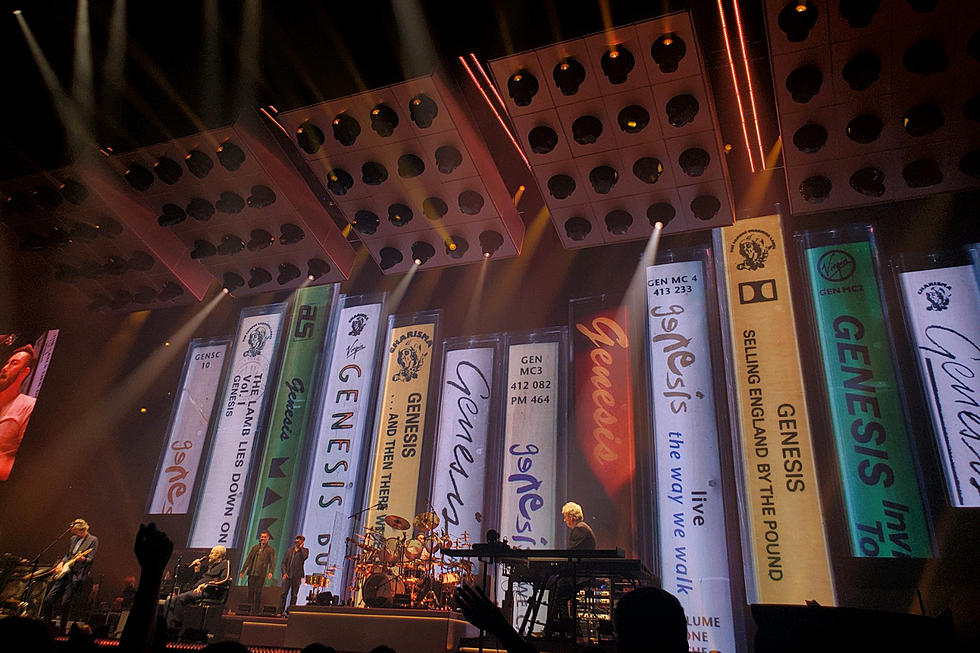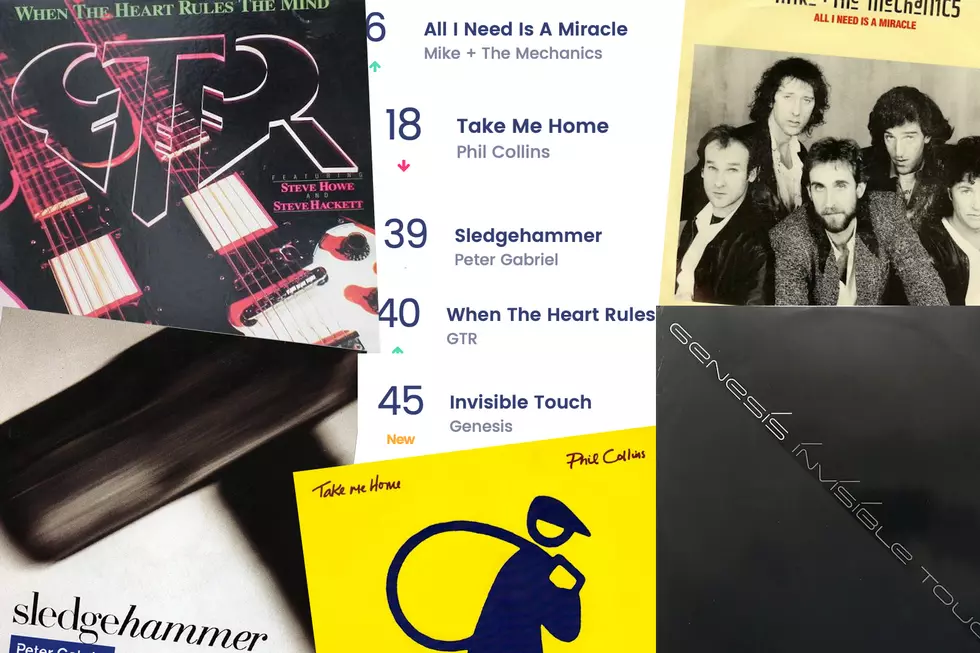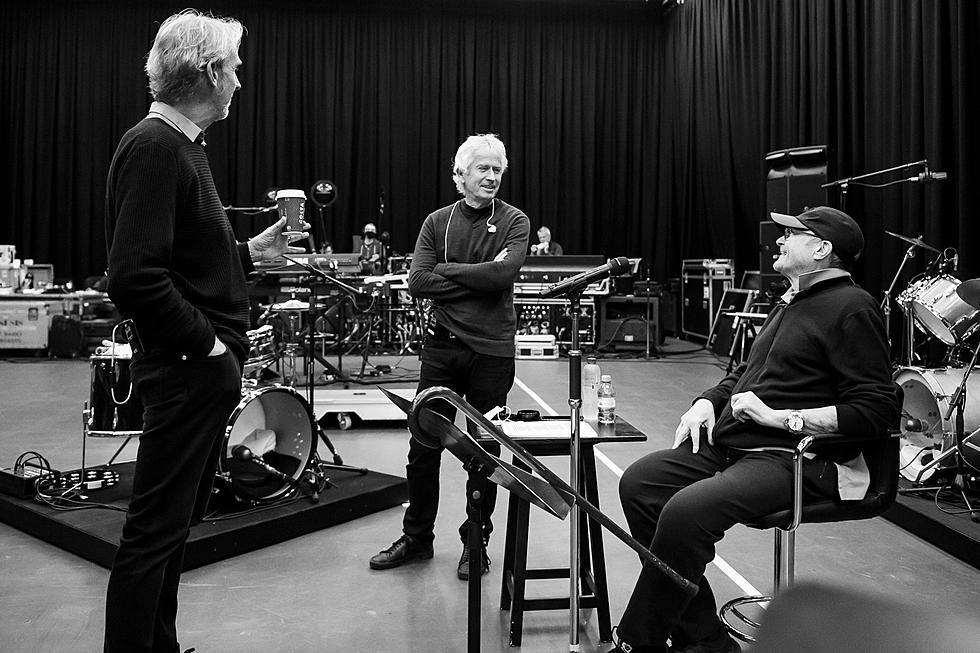46 Years Ago: Genesis Release ‘From Genesis to Revelation’
In March 1969, Genesis released their debut album, From Genesis to Revelation. The record gave barely a hint as to what they would become over the next few years.
"I have quite a lot of affection for From Genesis to Revelation," recalled Genesis keyboardist Tony Banks in the official band biography, Genesis: Chapter and Verse, "I don't love it or anything, but it was part of my childhood."
Genesis had formed in 1967 while the all members of the original lineup -- Peter Gabriel on vocals, Mike Rutherford on bass and guitar, Anthony Phillips on guitar, Tony Banks on keyboard and drummer Chris Stewart -- were still attending Charterhouse School. The band, all still in their teens, were caught up in the spirit of the day and wanted to pursue music full-time. "At that stage, pop music was a symbol of the revolution, about to overthrow the establishment," said Mike Rutherford in the documentary Genesis: A History.
Enter Charthouse alumni Jonathan King who, in 1965, had a Top 20 worldwide hit with "Everyone's Gone To The Moon." Though his own musical career soon stalled, he became a talent agent for Decca Records. The band got a demo tape to King, and in 1968 he signed Genesis to the label. Initially struck by Peter's voice, King wanted to rename the band Gabriel's Angels, an idea the band politely vetoed.
Their debut single, "The Silent Sun" b/w "That's Me" was issued prior to the album, but went nowhere. The song showed a definite influence of early Bee Gees, a favorite of King's. "I was trying to imitate Robin Gibb, who had the more emotive soulful voice," said Gabriel in Genesis:Chapter and Verse. Though the baroque-styled pop of that first single sounded like a hit, it failed to chart anywhere. The band forged ahead, recording the album and developing their songwriting style. "For many musicians it's all about playing rather than writing," Gabriel continued. "Whereas for us, writing was the center of it all."
The album starts off with the unassuming "Where the Sour Turns to Sweet," a gentle piano-based ballad that was also issued as their second single. Acoustic guitars and strings weave in and out as the world first hears the magnificent voice of Peter Gabriel. Brass and percussion adorn the short-but-sweet track, ultimately making a great opener to the album. Things turn upside down as the next song rumbles in. "In the Beginning" ranks as one of the band's lost classics and possibly the highlight of the album. It shows the band in a darker light and hints, ever so slightly, at what was to come. Gabriel is in charge here with a more domineering vocal and in general, a more rock and roll approach.
Aside from the Bee Gees, there are other influences of the era like the Moody Blues, the Byrds, and, of course, the Beatles that all helped to shape the early Genesis sound. "The Serpent" originally titled "She Is Beautiful," is another high point here that shows small-but-shimmering signs of a more progressive influence at work. "Dark night / The planets are set / Creator prepares for the dawn of man," sings Gabriel as the ethereal backing vocals entwine with Phillips' out-of-character biting guitar lines. "In The Wilderness" is another that should have been a hit. Though never released as a single, it has a vibrancy that reeks of the pop charts of the era. Again, the Bee Gees influence is in full swing, with the incredibly catchy chorus of "Music / All I hear is music" ringing out crystal clear. Another interesting aspect of the album is that it plays like a continuous piece with short musical interludes between the songs, each one based on the theme of the song it follows.
"The Conqueror" is another acoustic guitar driven pop rocker showing a lean towards Moody Blues territory while "In Limbo" shows off a soul influence. "A Place to Call My Own," which ends the album, was originally a long piece more in line with the next steps the band would take, but it was ultimately cut in short form to fit in with the rest of the album. "The recording was done very quickly," noted Gabriel, "We had no real control over the way things sounded, although you can hear where we were starting to explore things melodically."
There is a loose-fitting lyrical theme to the album, based on the Bible, with various mythic references popping up throughout. "From Genesis to Revelation was really a composite of the best tracks we had up to that point," said Banks. "It felt easier to hide behind a big story...In the early days, we tended to use myths and legends as a way of writing."
"The concept of the album was broad enough to allow us to include all kinds of songs," added Gabriel.
The album went on to sell a whopping 650 copies upon its initial release, something Jonathan King takes partial blame for. "I had this brilliant idea to call it From Genesis to Revelation, and not have an artist's name on it," he said in Genesis: A History. "This was a terrible mistake! It got bumped into all the religious bins of the record shops and nobody ever heard it."
Sadly, to this day, From Genesis to Revelation seems to be most remembered for its lack of sales, which is a real shame as there are many great songs here and makes for a very enjoyable ride from start to finish. Go give it another spin, or perhaps, a first spin and hear what this incredible band's first steps sounded like.
See the Yearbook Photos of Phil Collins and Other Rock Stars
Rock's Nastiest Feuds
More From The Moose 94.7 FM
